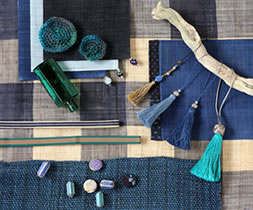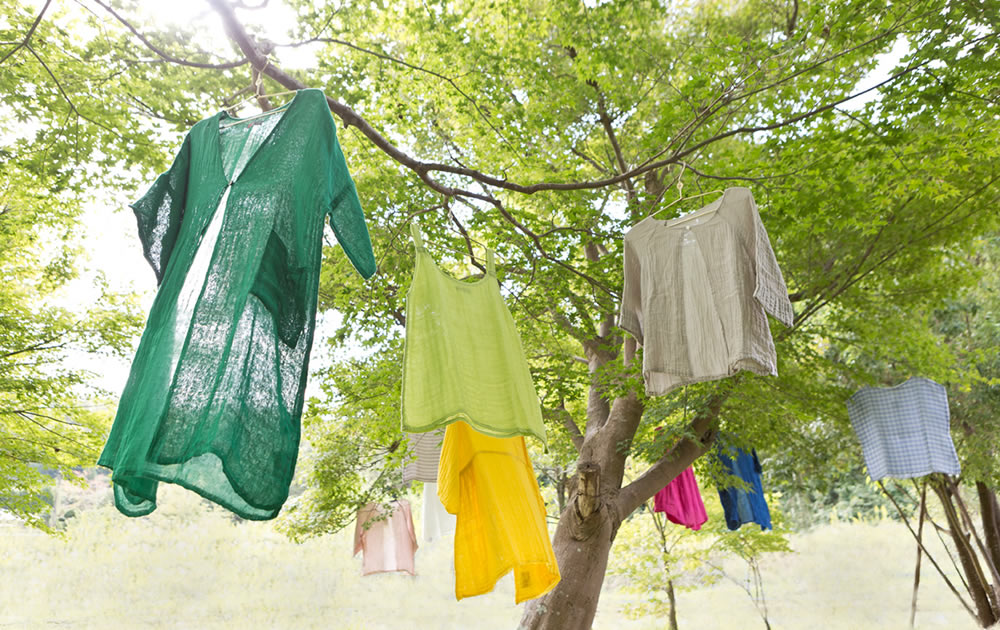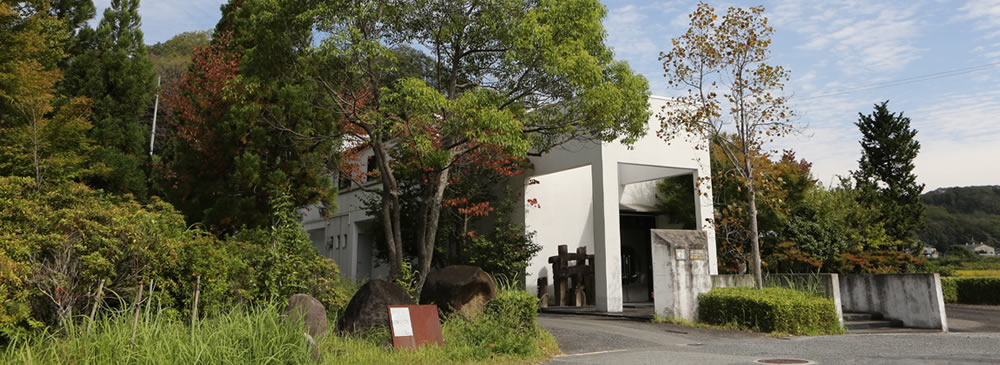A truly rich and happy life is not merely achieved by how many things we own in our life.
What really makes our life rich and happy?
Is it how many things we possess? ? We don’t think so
Cherishing every moment in our life with consciousness.
Taking good care of the items we use every day with love.
Being sensitive to feeling the subtle seasonal changes day to day.
This is what we believe makes our life “rich and happy.”
Just one little daily article can reflect the season’s beauty and warm our heart.
What makes our life truly rich and happy are these small, yet sophisticated and heartwarming daily articles made by someone’s hands.
For an enriching daily lifestyle.
BAN INOUE cherishes the aesthetics and sensitivity of Japan.

Our philosophy
It might not be known widely, however much of what we call “traditional Japanese culture,” for example, ikebana flower arrangement, chanoyu tea ceremony, suibokuga ink painting, and more, was born during the Muromachi period (14th-16th century). Not only the fine arts but also architectural forms (such as tatami straw mats, layout of Japanese rooms and gardens) and culinary culture (soy sauce, natto fermented beans, tofu, etc.) were all born during this period of time.
Two quintessential concepts were born from such a rich cultural soil in the following Azuchi Momoyama period (1573-1603): “Hana” and “Wabi.”
Hana is elegant gorgeousness with dynamic dignity.
Wabi is austere simplicity and harmony with nature.
Sensitive Japanese aesthetics is complete when both Hana and Wabi coexist ? This is the essence Japanese people have respected and cherished for generations. No matter how much transition the country has experienced in its long history, this aesthetic will be inherited eternally in its people’s spirit and tradition.
Our creations are born inspired by the beautiful Hana and Wabi spirit from the Azuchi Momoyama period.
We believe that items we use in daily life must harmonize nicely with the modern lifestyle and look beautiful together while retaining the traditional beauty and spirit of Japan.
To bring this everlasting spirit of Japan into the modern life style and succeed it to the future ? this is BAN INOUE’s mission and vision for the future.



Our Color Concept
BAN INOUE’s color concept is born from the essence of Japan. Colors follow the elegance of beautifully layered kimono collars (traditional Japanese dress) and their names derive from the vibrant seasonal beauty of Japan. Our items present “colorfulness” into your daily life.








